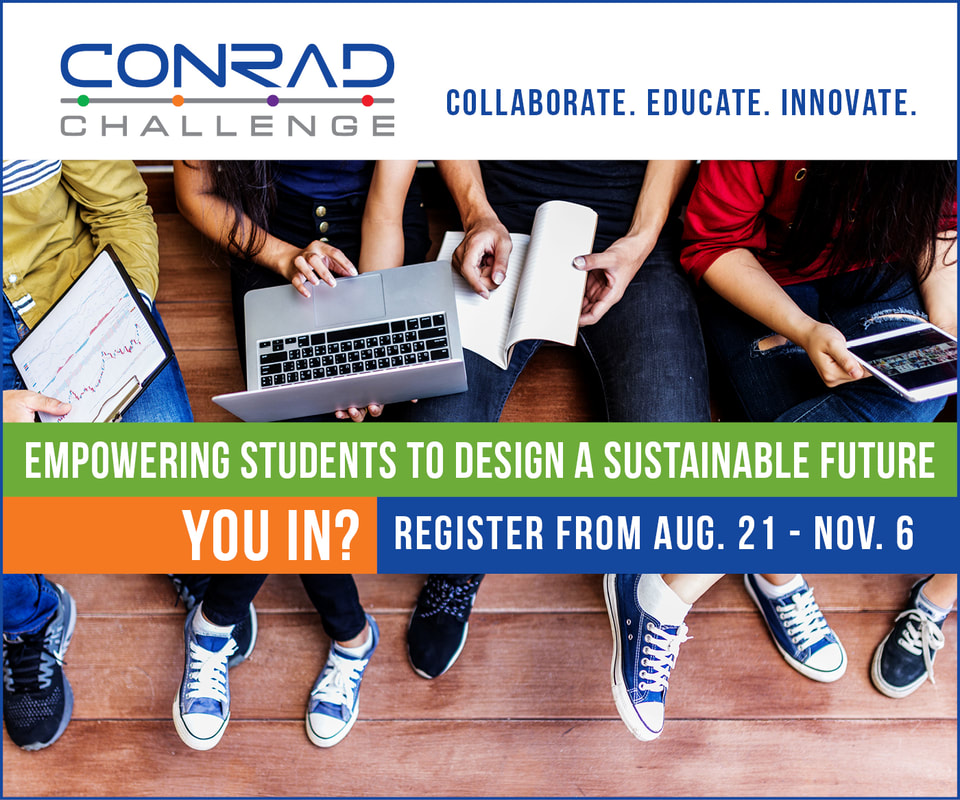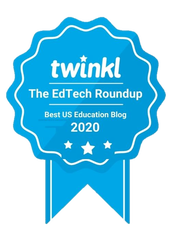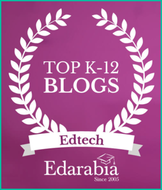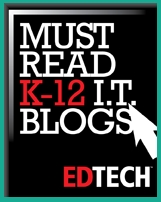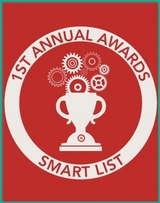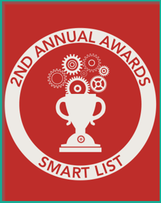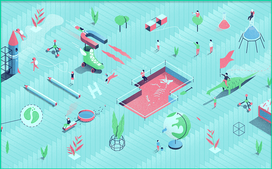
The result tends to encourage passive forms of learning that can produce isolating and impersonal environments in which students feel disconnected from their own classroom experiences. This mode of learning contrasts noticeably to the highly social, often collaborative ways in which today’s students tackle learning challenges outside of the classroom. This collaborative impulse is hardly a revolution in education, since for generations students have studied together around lunch-tables or on school playgrounds. At the same time, the internet has vastly expanded the social possibilities of learning, and students know it. On the internet and on their own time, students are more likely than ever to turn to a network of online contributors when they need help with a project or homework assignment.
The challenge young learners experience when trying to adapt to the inflexible learning models of the conventional classroom is often mistaken for laziness, boredom, or a lack of curiosity. In fact, students are longing for the chance to work with their peers to open more personalized ways of exploring knowledge. Students routinely report higher rates of satisfaction with a learning experience when they can perceive themselves as being in charge of their own educational pathway.
Educators are taking note. Social learning is gaining new traction, as teachers begin to embrace students’ natural desires to collaborate with their peers. In classrooms, row-by-column seating layouts are giving way to more social learning spaces that facilitate active peer-to-peer learning, while classroom technologies are focusing less on isolated interactions with software and more on social, problem-based projects. This shift is a boon for teachers, as well. Social learning not only allows students to achieve impressive learning outcomes but enables teachers to personalize the classroom experience within the practical restrictions posed by overcrowded or underfunded schools.
The greatest potential of learning in the information age is to transform learning into a social, collaborative activity, not by providing more and greater access to information, but by opening personalized learning pathways through that information. Internet technologies are only now beginning to respond to this potential, but as data-analytics and machine learning offer new methods for customizing online information to student’s individual needs while also providing them with the social-learning outlets they crave, the potential of learning in the information age is greater now than ever.
The turn toward social learning in the classroom is not a trend but a direct response to the rapidly changing ways in which young people encounter and interact with online information. Educators are taking advantage of social learning to open personalized learning pathways for all students and to transform the classroom into a more relational, more welcoming environment. Online and digital learning technologies face the same task. The mandate of designing learning tools for today’s students must be to provide precisely the right information to precisely the right students at the perfect moment, and to facilitate social connections between students in ways that engage the dynamically collaborative nature of the internet.
About the Author:
Michał Borkowski is CEO and co-founder of Brainly, the world’s largest social-learning network for students.

